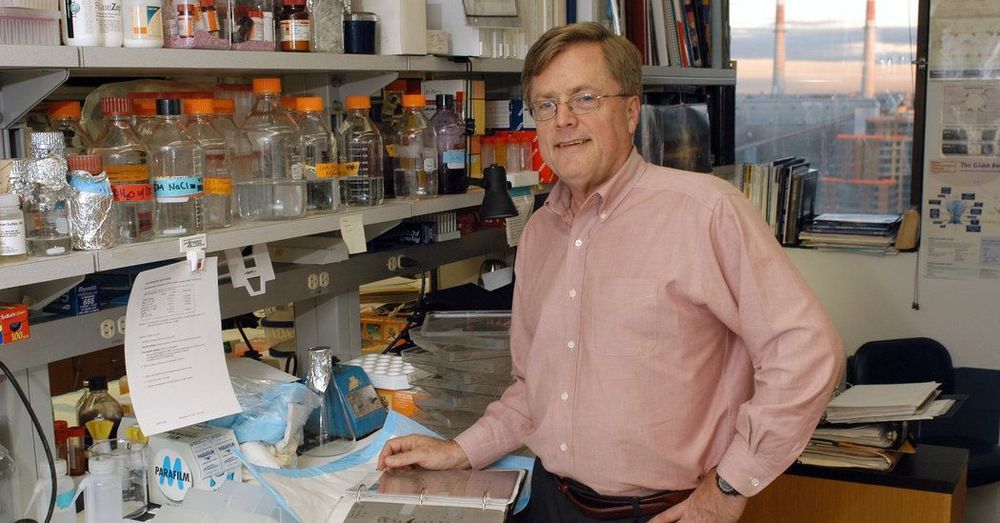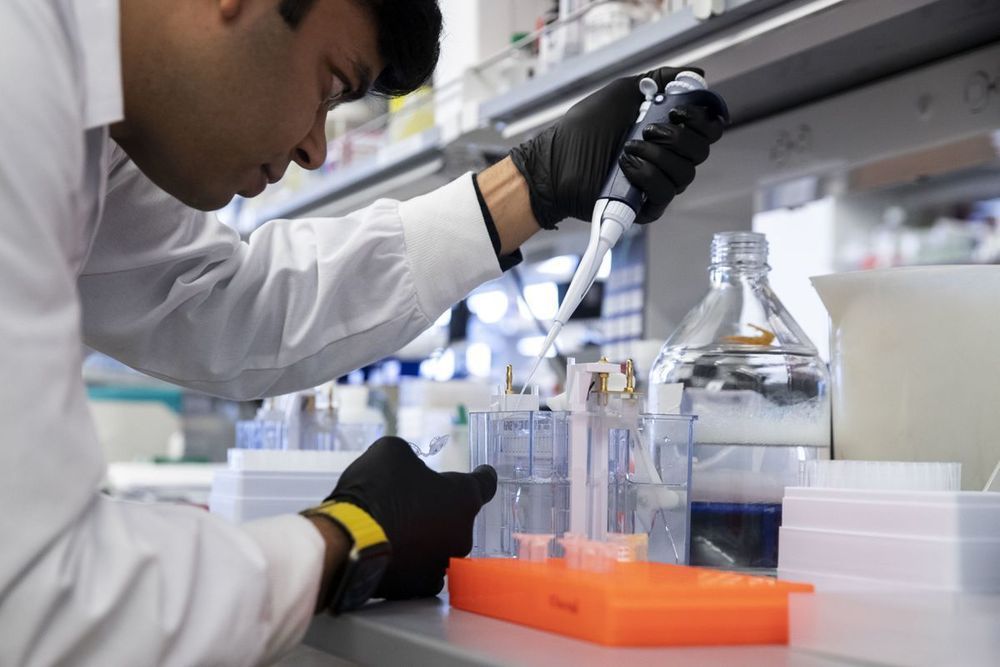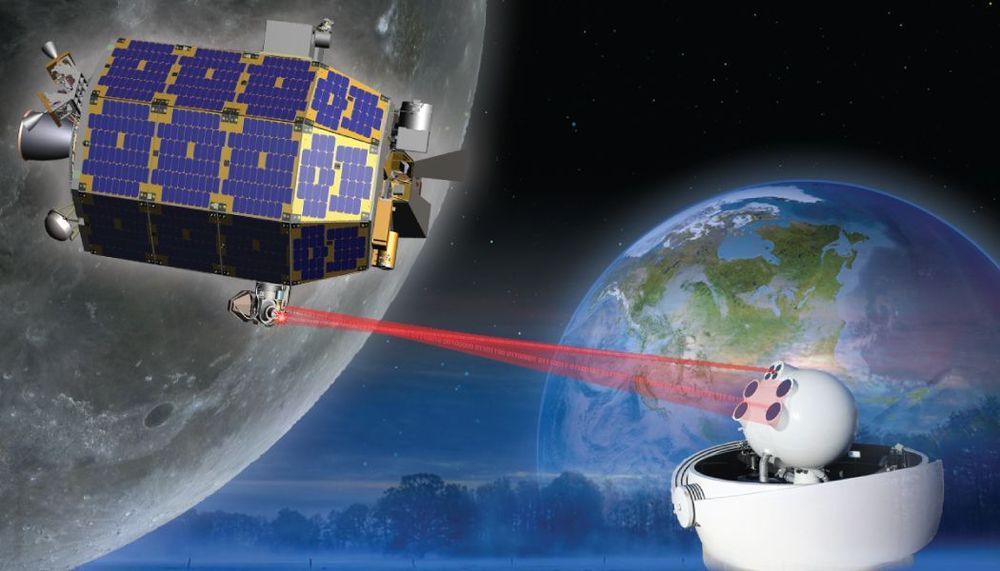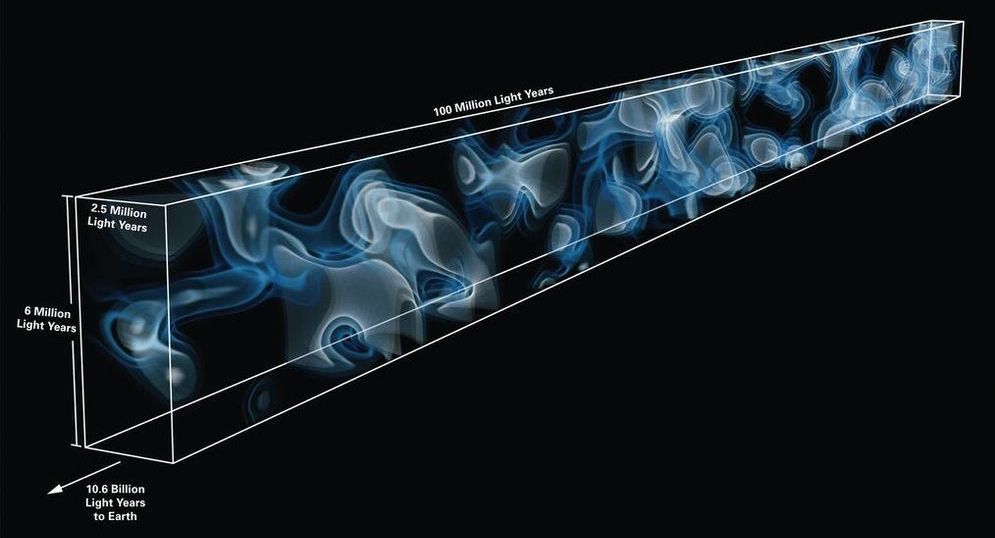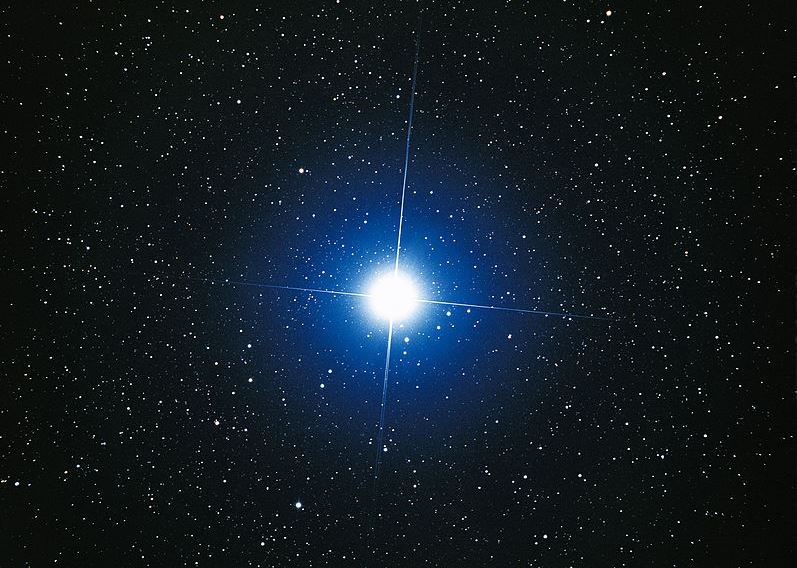
Essentially based on myth the sirius cat people live here. O,.,o.
Sirius, Alpha Canis Majoris (α CMa), is the brightest star in the night sky and one of the nearest star systems to Earth. It has an apparent magnitude of −1.46 and lies at a distance of only 8.6 light years from the Sun. It is also known as the Dog Star, in reference to its position as the luminary of the constellation Canis Major, the Greater Dog.
Sirius appears so bright both because it is intrinsically luminous, with an energy output about 25.4 times that of the Sun, and because of its proximity to the solar system. However, compared to other bright stars like Rigel (120,000 solar luminosities), Betelgeuse (90,000 to 150,000 L☉) and Canopus (10,700 L☉), or even Arcturus (170 L☉) and Capella (78.7 L☉), Sirius is not exceptionally bright.
Continue reading “Sirius (Alpha Canis Majoris) Facts: Star System, Location, Constellation” »
